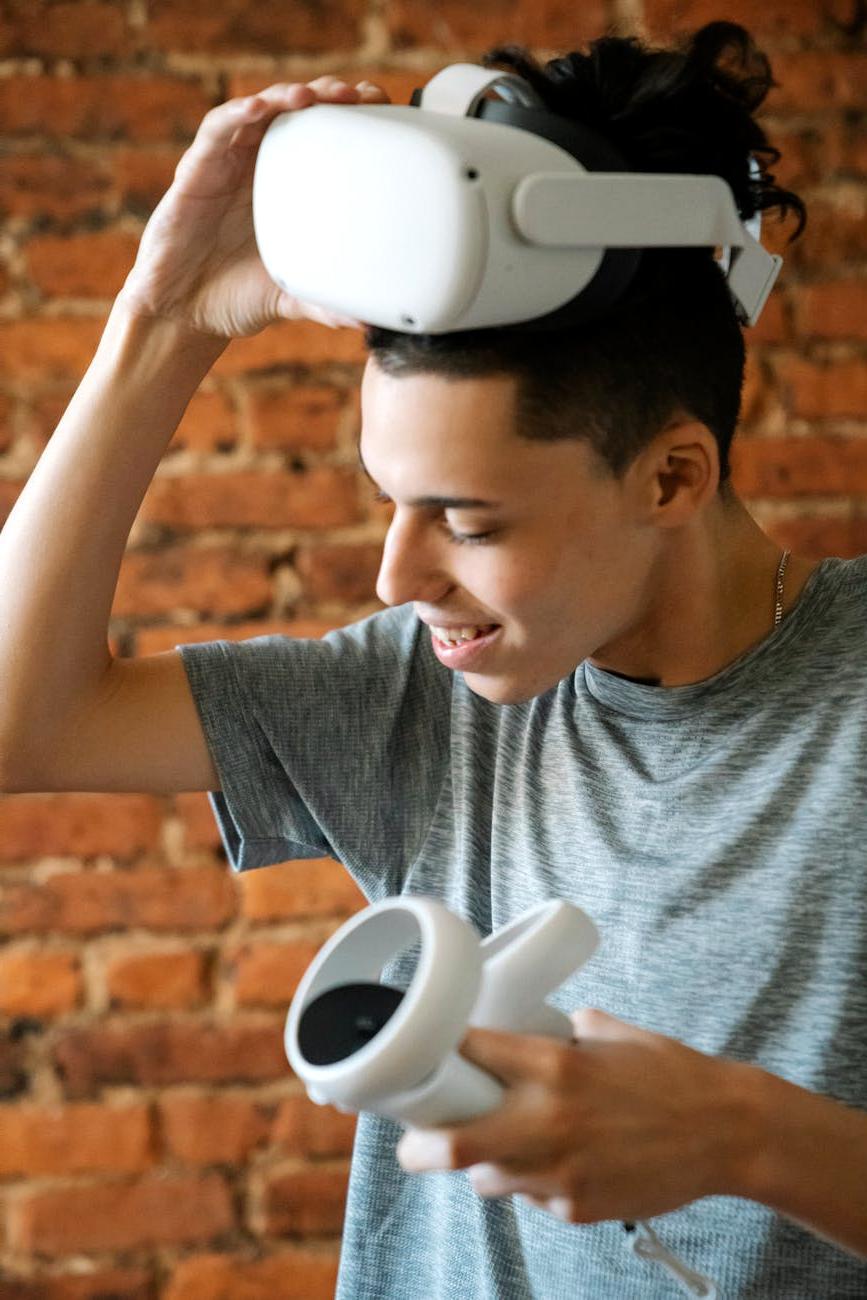

Neuromorphic computing represents a paradigm shift in how we approach computation, moving from traditional von Neumann architectures to systems inspired by the human brain.
By directly mimicking neural structures, these systems achieve unprecedented efficiency for AI tasks, consuming a fraction of the power while delivering superior performance for pattern recognition, sensory processing, and adaptive learning.
Up to 1000x more energy-efficient than traditional computing
Simultaneous computation similar to human neural networks

Neuromorphic systems offer revolutionary capabilities that traditional computing cannot match
Operates at milliwatt levels, enabling edge AI applications in battery-powered devices
Event-driven computation that activates only when needed, mimicking neural communication
Self-modifying architecture that continuously adapts to new information and environments
Instantaneous response to sensory input with microsecond latency for critical applications
Energy Efficiency
Neurons Per Chip
Market Size by 2025
Reduced Carbon Footprint
Groundbreaking innovations pushing the boundaries of neuromorphic engineering

New nano-scale memristive materials provide dense, energy-efficient synaptic connections with analog weight precision approaching biological systems.

Dr. Eliza Avaris
Quantum Materials Institute

Novel training approaches for spiking neural networks achieve state-of-the-art accuracy while maintaining the efficiency benefits of temporal encoding.

Prof. Marcus Terrano
Neural Systems Laboratory

Light-based neuromorphic processors achieve unprecedented speed and bandwidth by processing information at the speed of light with minimal energy loss.

Dr. Sarah Miyara
Photonic Computing Division
From theoretical concepts to practical applications transforming industries
First proposed by Caltech professor Carver Mead, coining the term "neuromorphic" to describe analog circuits that mimic neuro-biological architectures.
Development of first specialized hardware with dedicated neural processing elements, laying groundwork for future architectures.
Breakthrough chip containing 1 million neurons and 256 million synapses consuming only 70mW of power, demonstrating commercial viability.
Self-learning neuromorphic chip with 130,000 neurons and 130 million synapses capable of autonomous adaptation and on-chip learning.
Commercial Edge AI processor bringing neuromorphic computing to consumer devices with ultra-low power requirements.
Widespread integration into autonomous vehicles, smart sensors, medical devices, and next-generation AI assistants.
How neuromorphic systems are revolutionizing industries

Real-time sensor fusion and decision-making with microsecond response times and adaptive learning for unpredictable environments.

Continuous patient monitoring with implantable, ultra-low-power devices capable of detecting anomalies before symptoms appear.

Intelligent sensor networks that can detect structural weaknesses, optimize energy usage, and predict maintenance needs with minimal power requirements.

Next-generation AR headsets with embedded neuromorphic processors for real-time environmental understanding and contextual information overlay.
Visionaries driving the future of neuromorphic technology
Join our newsletter to receive the latest research findings, industry applications, and upcoming events in neuromorphic computing
We respect your privacy and will never share your information